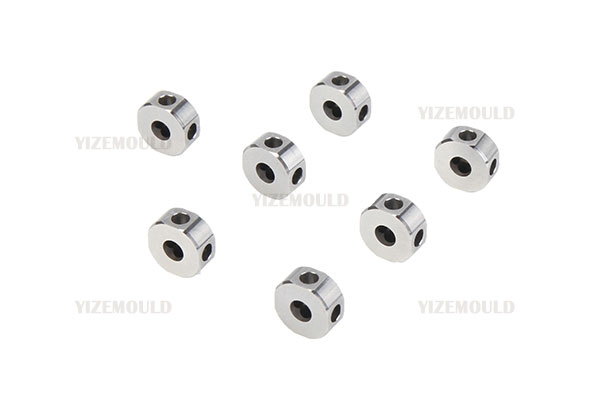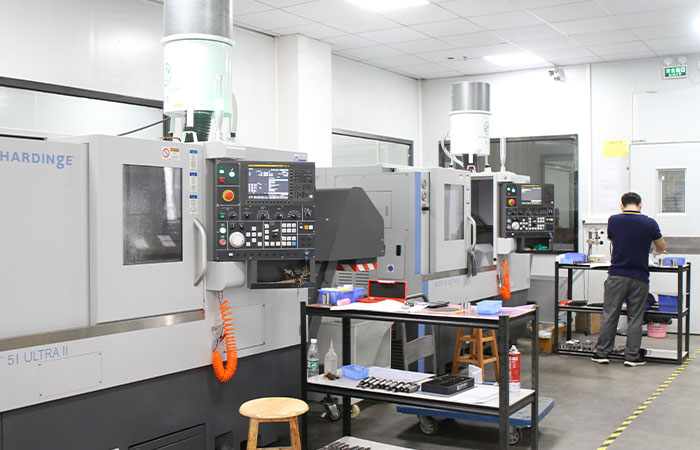The field of carbide nozzle technology is expected to experience significant advancements, driven by several key areas that will shape its future trajectory. These areas include the utilization of new materials, the adoption of novel manufacturing processes, the integration of AI, and a focus on sustainable development.
Advancements in material science will play a pivotal role in the future of carbide nozzle technology. New materials, such as nanomaterials, polymer materials, and composite materials, offer exceptional properties such as high strength, temperature resistance, and corrosion resistance, making them suitable for a wide range of applications. Additionally, researchers are exploring two-dimensional materials and metal-organic framework materials as potential alternatives for nozzle construction.
Manufacturing processes are evolving rapidly, driving innovation in carbide nozzle technology. Techniques such as 3D printing enable the fabrication of complex-shaped nozzles, while nanofabrication allows for the production of ultra-small-sized nozzles. Furthermore, photolithography technology and laser processing methods show promise in advancing nozzle manufacturing capabilities and precision.

The integration of AI into nozzle design and operation is another prominent trend. Intelligent nozzles equipped with sensors can gather real-time data and autonomously adjust their performance accordingly. This capability improves nozzle stability and efficiency, leading to optimized outcomes. Additionally, smart nozzles can be interconnected with other equipment, streamlining automated production processes and enhancing overall productivity.
Sustainable development has become a pressing concern, and the nozzle technology industry recognizes the need for environmentally friendly solutions. Researchers are actively exploring renewable and degradable materials that minimize the environmental impact of nozzles. This focus aligns with efforts to reduce waste generation and energy consumption. Energy-saving technologies and waste-reduction strategies are gaining traction as essential aspects of future nozzle technology.

In summary, the future of nozzle technology is shaped by various factors. Advancements in materials science, such as the development of new materials, offer improved properties for nozzle applications. Innovative manufacturing processes, including 3D printing and nanofabrication, enable the production of intricate and small-sized nozzles. The integration of AI enhances nozzle performance through real-time data analysis and autonomous adjustments. Lastly, sustainable development initiatives drive the exploration of renewable materials, energy-saving technologies, and waste-reduction strategies within the nozzle industry. These trends collectively pave the way for a more efficient, intelligent, and environmentally conscious future in nozzle technology.